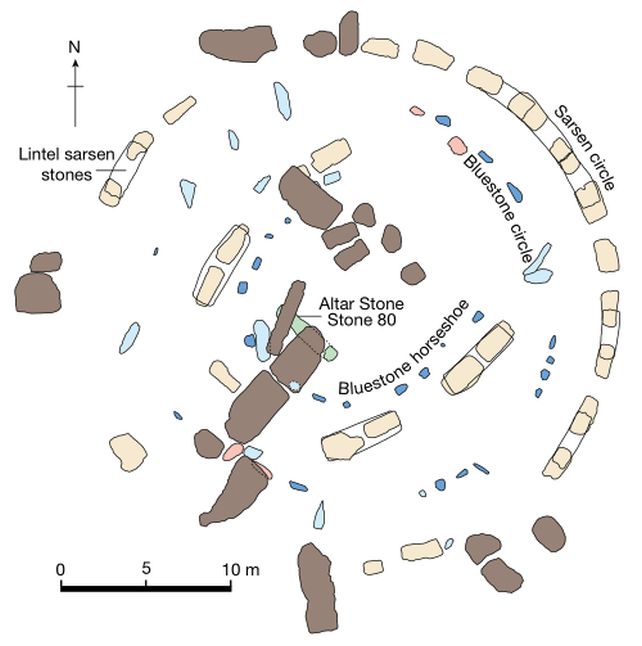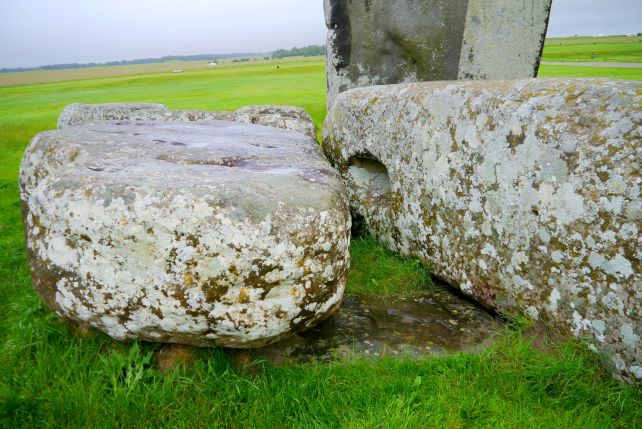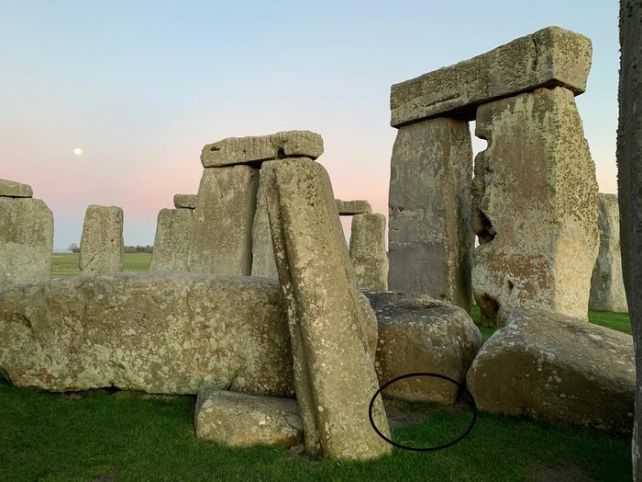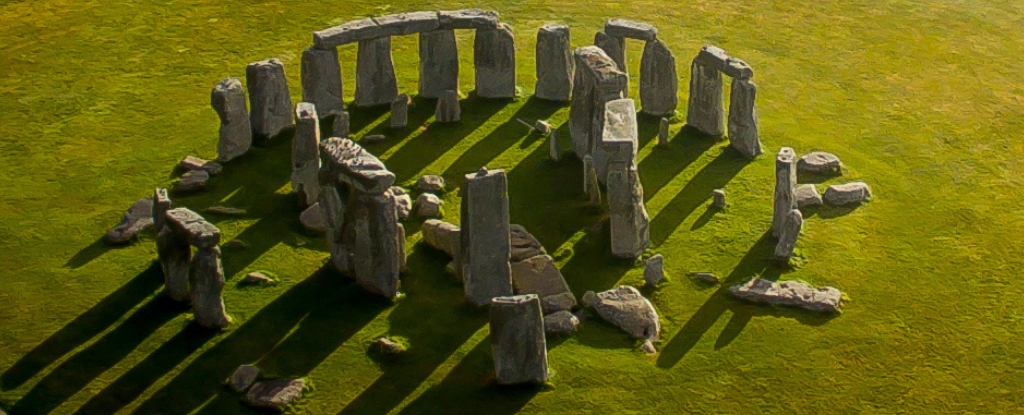Products You May Like
The once-majestic, now fallen stone that represents perhaps the strangest component of Stonehenge traveled a very long way to take pride of place in the mysterious ancient megalith.
The so-called Altar Stone, new research has revealed, was transported all the way from Scotland, a journey of more than 750 kilometers (466 miles), to be installed in the monument that sits smack-bang in the south of England.
We don’t know how the Neolithic humans that erected Stonehenge managed to carry such a heavy block over hill and dale some 5,000 years ago, but the finding suggests that the ancient marvel may be even more important than we knew.
“These findings are truly remarkable – they overturn what had been thought for the past century,” says geologist Richard Bevins of Aberystwyth University in the UK.
“We have succeeded in working out, if you like, the age and chemical fingerprints of perhaps one of the most famous of stones in the world-renowned ancient monument.”

Stonehenge, eldritch and ancient in the green British landscape, flecked with lichen, standing (and laying) in a somber, silent array, has mystified and fascinated humans for centuries. We’re not certain of who built it, or what it was for. What we can do, however, is look at what we have – and that’s the stones themselves.
Many of the stones that make up Stonehenge are igneous bluestone, others sarsen sandstone. The inner ring of bluestones has been traced to a quarry in Wales, some 230 kilometers away. But the Altar Stone at the center is a purplish-green slab of sandstone whose provenance was not as easy to trace.
The Altar Stone, also known as Stone 80, is very odd. It’s sunken flush into the ground, with two other stones laying perpendicularly atop. Archaeologists can’t tell whether it was installed thus, or once towered, standing as the other stones, before toppling over to be pushed down into the Earth. If it did stand, it would weigh an estimated 6 tonnes (6.6 US tons). It also measures some 4.9 meters (16 feet) long. That’s fairly consistent with the rest of the stones.
Its position is neatly aligned with the direction of the Sun at the solstices, implying importance. The stone’s value is also suggested by the rock from which it was hewn, so different from the monoliths around it.
A team of researchers had previously conducted a chemical analysis of the sandstone that makes up the Altar Stone to determine if its signature could be traced to nearby locations. They found that the stone’s anomalously high barium content could not be linked to any of the sandstone that formed or appeared in the landscape nearby.

So, they extended their search farther afield. Led by geologist Anthony Clarke of Curtin University in Australia, the researchers conducted a thorough analysis of mineral grains within the sandstone; specifically, they focused on grains of zircon, apatite, and rutile from two samples of the stone.
Isotopic dating of these grains allowed the researchers to construct an age profile for the stone. For example, some of the zircons had formed between 4 and 2.5 billion years ago, with younger grains dating to 1.6 to 1 billion years ago. The apatite and rutile, by contrast, formed between 470 and 458 million years ago.
This range of ages described a profile that bore a remarkable similarity to the old red sandstone sedimentary deposits in just one location out of all the sandstone deposits the team checked around the UK and Ireland.
“This provides a distinct chemical fingerprint suggesting the stone came from rocks in the Orcadian Basin, Scotland, at least 750 kilometers away from Stonehenge,” Clarke explains.
“Given its Scottish origins, the findings raise fascinating questions, considering the technological constraints of the Neolithic era, as to how such a massive stone was transported over vast distances around 2600 BCE.”
We still don’t know exactly how the stone was transported, but the terrain across that vast distance would have posed challenge after challenge. This points to a feat of remarkable ingenuity and determination.

It also suggests that the Neolithic people who inhabited the land may have had some means of marine transportation, and sophisticated trade networks may have been at play. Although more study will need to be conducted into the whys and hows, the fact of the Altar Stone’s existence, where it exists, can only be gobsmacking, no matter which way you slice it.
“The distance traveled is astonishing for the time,” says geochemist Nick Pearce of Aberystwyth University.
“There’s no doubt that this Scottish source shows a high level of societal organization in the British Isles during the period. These findings will have huge ramifications for understanding communities in Neolithic times, their levels of connectivity and their transport systems.
“Hopefully, people will now start to look at the Altar Stone in a slightly different context in terms of how and when it got to Stonehenge, and where it came from. I am sure this will lead to some new thinking about the development of Stonehenge and its links to the rest of Neolithic Britain.”
The research has been published in Nature.
